Why are steel sheet metal fences the best durable choice for homes across Europe?
In recent years, metal fences made from steel sheet have become increasingly popular among homeowners across Europe — from areas with high temperatures to those with harsh winters and constant humidity.
Due to their durability, modern appearance, and minimal maintenance, this type of fence has gradually started to replace traditional alternatives such as wood, concrete, or wrought iron.
Being a versatile solution, adaptable to any climate and architectural style, the steel sheet fence offers an ideal balance between aesthetics, strength, and low long-term costs.
In this article, we explore why more and more Europeans are choosing this type of fence and how it compares to other materials commonly used in residential landscaping.
Main advantages of steel sheet fences
Durability in any climate
Steel sheet metal fences are built to withstand:
- extreme temperatures,
- high humidity,
- frequent frost,
- continuous UV exposure.
Corrosion protection is industrially ensured through a complete process that includes galvanizing, priming, and applying a decorative polymeric layer. Thanks to this multilayer protection, the fence maintains its impeccable appearance even in severe climatic conditions — without cracks, deformations, or rust.
The lifespan is estimated at over 50 years, and the aesthetic and structural stability is maintained regardless of weather conditions — thanks to the premium materials from which they are made.
Zero maintenance
Metal fences require only occasional cleaning with water — or can be left to the rain. They do not rust, do not require repainting or treatments. Maintenance costs are zero.
In contrast, wooden fences require constant maintenance: without periodic treatments, they can suffer deformations, discoloration, biological attacks, or even structural degradation. Over time, costs can exceed 2x the initial investment, especially in humid climates or those exposed intensely to the sun.
Natural ventilation and thermal comfort
Fences are designed with controlled spaces between slats, allowing:
- natural air circulation,
- reduction of the greenhouse effect in summer,
- a healthier climate for plants,
- increased overall comfort in the yard.
It is a far superior alternative to compact concrete or stone fences, which completely block air.
Modern and versatile aesthetics
The metal fence is available in a wide range of RAL colors, matte finishes, and wood imitation. It integrates perfectly into any architectural style: modern, traditional, rustic, or industrial. Horizontal, vertical, or louver models are available.
Easy Installation – including DIY
The modular system allows for simple installation, even for "Do It Yourself" projects. No special equipment or massive foundations are required. Additionally, unlike other systems, these fences can be delivered in custom sizes at no extra cost — eliminating waste and the need for on-site adjustments.

|
Region |
Popular Fences Currently |
Climatic / Cultural Challenges |
Why steel sheet metal fence is superior: |
Southern Europe(Spain, Italy, Greece) |
• Stone Walls – traditional due to the historical lack of wood and the risk of vegetation fires. However, being opaque, these walls do not allow natural ventilation, which can create areas of stagnant hot air. In hot and dry climates, this "oven" effect can encourage nearby vegetation to ignite, indirectly increasing the risk of fire. • Wrought iron fences/gates - allow air circulation – an important advantage in hot and dry areas. |
• Strong sun and high temperatures – materials must withstand constant exposure. • High fire risk – dry vegetation, droughts, and wind increase the danger. |
• Does not burn, does not deform in heat – ideal in areas with fire risk. • Allows natural ventilation between profiles, while also offering privacy, which reduces heat buildup in the yard and makes the space safer against fires. • Aesthetically versatile • Quick installation and long lifespan, without maintenance. |
Northern Europe(Sweden, Norway, Finland) |
• Wooden fences - wood has become the classic material for enclosures in Scandinavia, due to the abundance of local forest resources. • Living fences - This style reflects a cultural preference for open yards and friendly relations between neighbors. Many homes choose fences made of living shrubs. |
• Harsh winters, abundant snow, and frequent frosts • High humidity - can lead to the rotting of untreated wood and the rusting of cheap metals. |
• Durability in any season - easily withstands harsh winters and humid conditions without deforming or rotting; they have a lifespan of 40–60 years, far exceeding wood in the cold and wet climate. • No maintenance – unlike wood, does not require annual treatments. • Can be discreet or decorative, easily integrates into Nordic design. |
Central Europe(Germany, Austria, Hungary) |
• Wooden fences - the rich forests of inland Europe have long made wood a material used for garden enclosures. • Decorative wrought iron fences – often combined with brick or stone pillars. •Living fences |
• Four-season climate – large temperature variations, from hot summers to snowy winters, can seriously affect some types of fences. Wood swells and rots in wet conditions, then cracks in intense sun if not protected, and cheap materials like PVC can become brittle. Materials used must withstand both moisture and freeze-thaw cycles. • Intensive maintenance – traditional wooden fences require periodic painting or treatment to prevent deformation and degradation. In a climate with rain and frost, lack of maintenance significantly reduces the fence's lifespan, and frequent maintenance is costly in time and labor. |
•Durability and longevity – steel sheet metal fences are extremely strong and durable. They do not rot, crack, or deform, providing a solid barrier for decades. •No maintenance and economic efficiency – metal fences do not require annual painting or moisture treatments, saving money and effort in the long run. Due to their durability, fewer repairs and replacements are needed. |
Western Europe(United Kingdom, France) |
• Wooden panel fences - In backyard gardens, especially in the UK, wooden fences about 1.80 m high are extremely popular. They offer privacy and transform the yard into a private space, being a standard solution in many households. • Low brick or stone walls and slatted fences: For front gardens, people prefer low and aesthetic boundaries, such as knee-high brick walls or traditional wooden slat fences. These maintain the friendly appearance of the street and comply with strict rules regarding the height of front fences. Living fences (green fences) – Many homeowners choose to plant decorative shrubs (ivy, laurel, conifers) along the property boundary. These living fences combine privacy with natural aesthetics and are a popular choice in Western Europe, although they require regular trimming and maintenance. |
Humid climate, risk of degradation – The oceanic climate specific to Western Europe brings constant humidity, frequent rains, and temperature changes that affect wooden fences. They can deform, rot, or become covered with moss if not maintained annually. • Privacy in the back, openness in the front – Local culture encourages privacy in the backyard, with tall fences or dense living fences, but in the front, low boundaries or open spaces are preferred, for a welcoming appearance and harmonious neighborhoods. Tall and solid fences in front of the house are often discouraged or even prohibited by regulations. |
• No worries about degradation – Steel sheet metal fences are an excellent solution for the humid climate of Western Europe. They do not mold and are not affected by insects. Unlike wood, which quickly loses its appearance, steel retains its shape and color for decades. • Long-term efficient investment – Although the steel fence may cost more initially than a cheap wooden fence, in the long run, it is more cost-effective. It does not require annual painting, panels do not need replacing every few years, and there are no repair costs. Additionally, it comes in a variety of colors and finishes (including wood imitation), so you can achieve the desired look without maintenance compromises. • High adaptability and customization Steel sheet metal fences are extremely versatile: they can be made in low and decorative versions, suitable for the front of the house, or in opaque, durable, and ventilated versions, for total privacy in the backyard. |
Eastern Europe(Poland, Romania, Bulgaria) |
• Tall and opaque fences (metal or wood) – In many residential areas, houses are completely enclosed with massive fences, 2–3 meters high, either from metal sheet or wooden boards, offering total privacy • Wire mesh fences – Galvanized or PVC-coated mesh is an affordable solution, commonly found in rural and suburban areas. Even though it does not offer complete visual protection, it is a popular option due to its low cost. • Ornamental gates and wrought iron fences |
• Concern for safety – In many Eastern European communities, the emphasis is on privacy and protection. Tall fences (for example, concrete) are the norm, being perceived as a necessity to prevent unauthorized entries and create a private space. This has led to an abundance of massive perimeter fences – which, however, can become visually dominant and block light and natural ventilation.
|
• Resistance in all seasons – Steel fences are designed to successfully withstand extreme weather conditions. Galvanized sheet does not deform in strong sun, does not become brittle in frost, does not rot, and does not crack. In a region with large temperature variations, this structural stability is essential. Reduced maintenance, long lifespan – Modern steel sheet fences are a durable investment, with minimal maintenance. They do not require frequent painting, do not deteriorate easily, and can last several decades without major issues. In the long run, durability and lack of maintenance costs make the metal fence an excellent choice – especially for those who want to replace old fences without constantly investing in repairs. |
Why steel sheet metal fence is a smart long-term choice:
- Competitive cost - Affordable price in relation to durability and lack of subsequent costs.
- No maintenance - Does not require repainting, varnishing, or treatments – just simple occasional cleaning.
- Lifespan: 50+ years - Lasts for decades without deteriorating, even in difficult conditions.
- Does not require replacement - Maintains its appearance and functionality without periodic repairs.
- 100% recyclable - Eco-friendly solution, with no negative environmental impact.
- Versatile and adaptable - Easily installed on any terrain and fits any house style.
- Excellent value for money - Durable, aesthetic, and efficient long-term investment.
Conclusion – Choose smart. Choose durable. Choose steel sheet metal fences.
Regardless of the climate — wet, dry, cold, or hot — the steel sheet fence remains a solid investment, offering durability, aesthetics, and protection, without the need for constant interventions. More than a modern option - it is the ideal solution for the future of residential construction in Europe.
A fence that keeps up with time. And the weather.
Explore the collection of metal fences from Ferdis and request a personalized offer now!

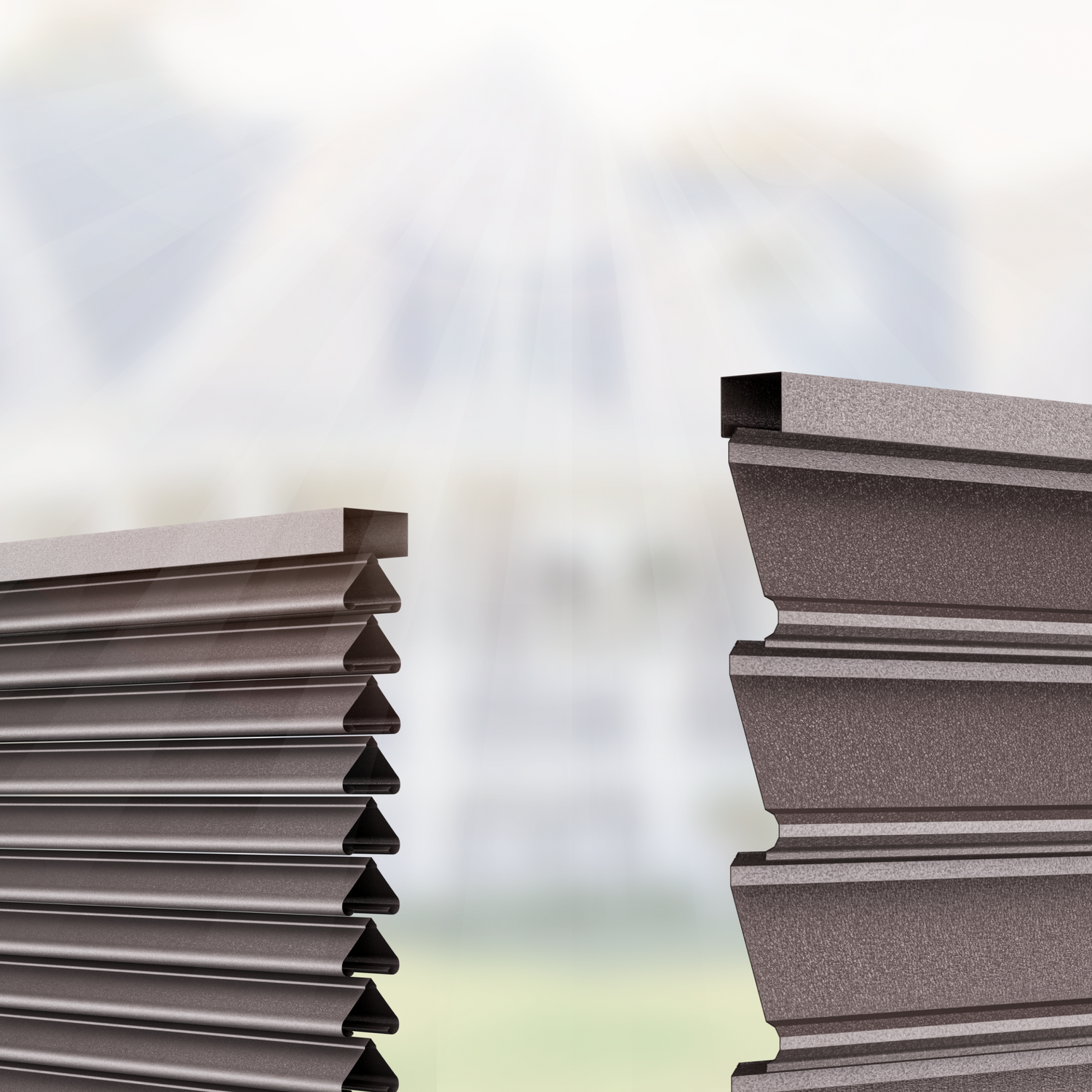


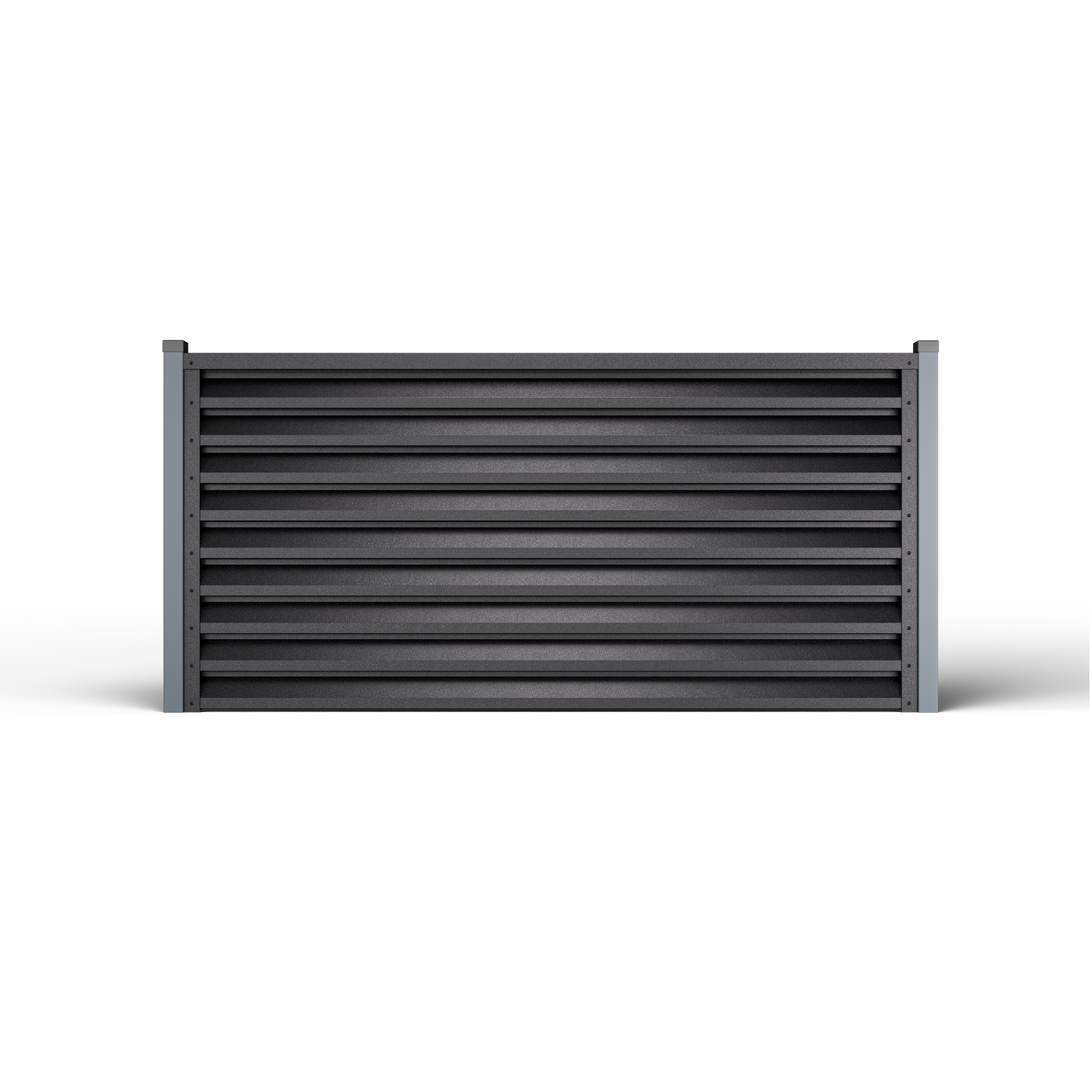
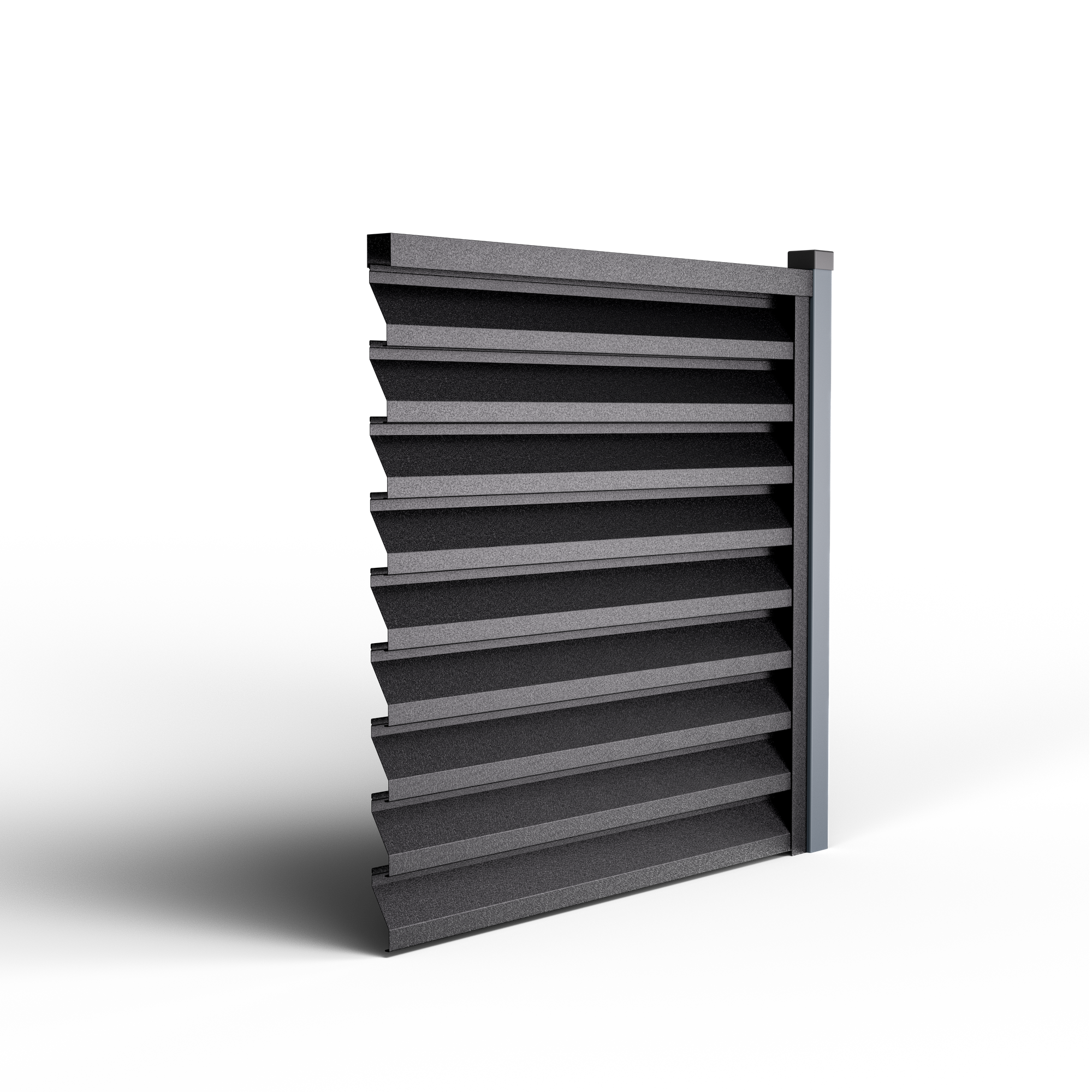
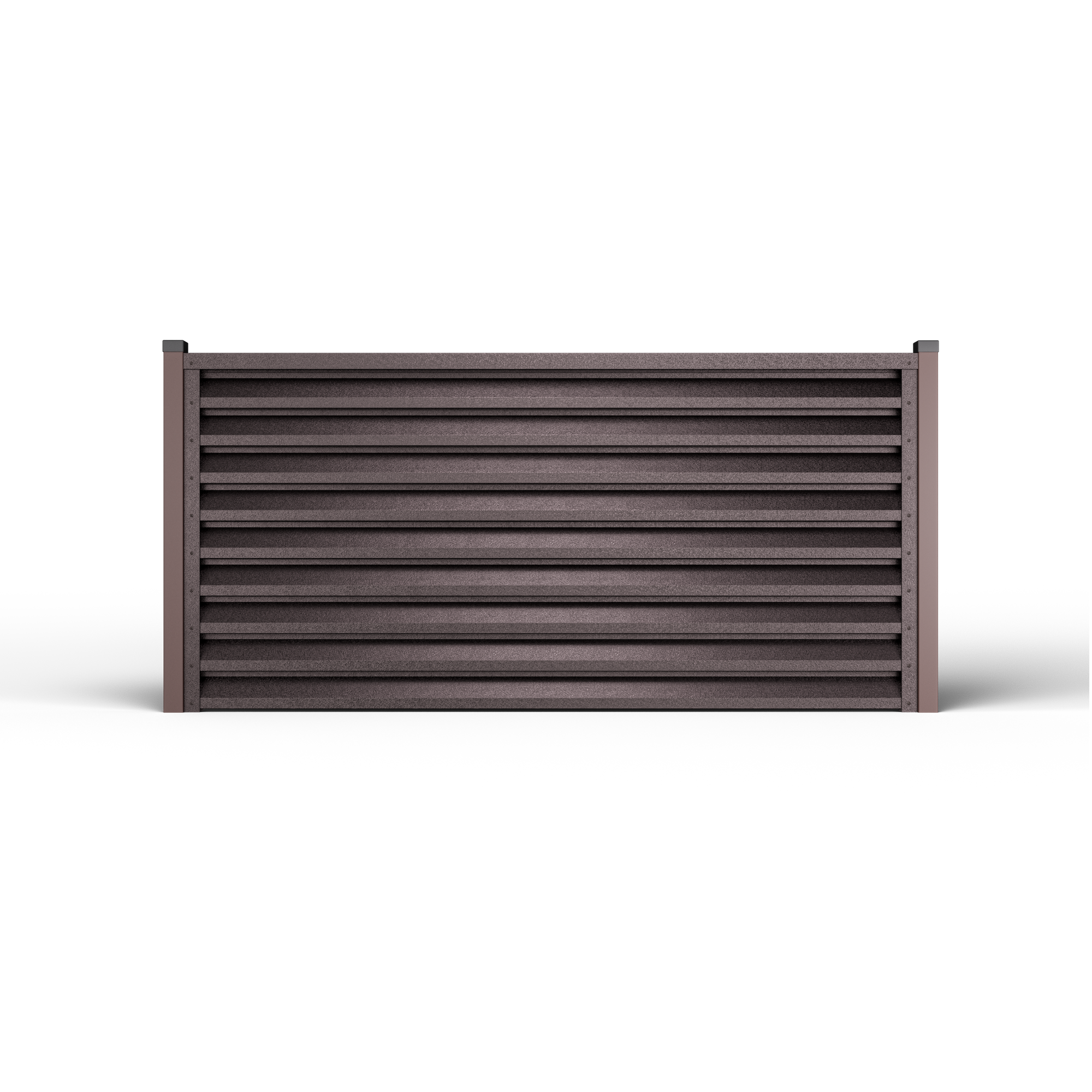

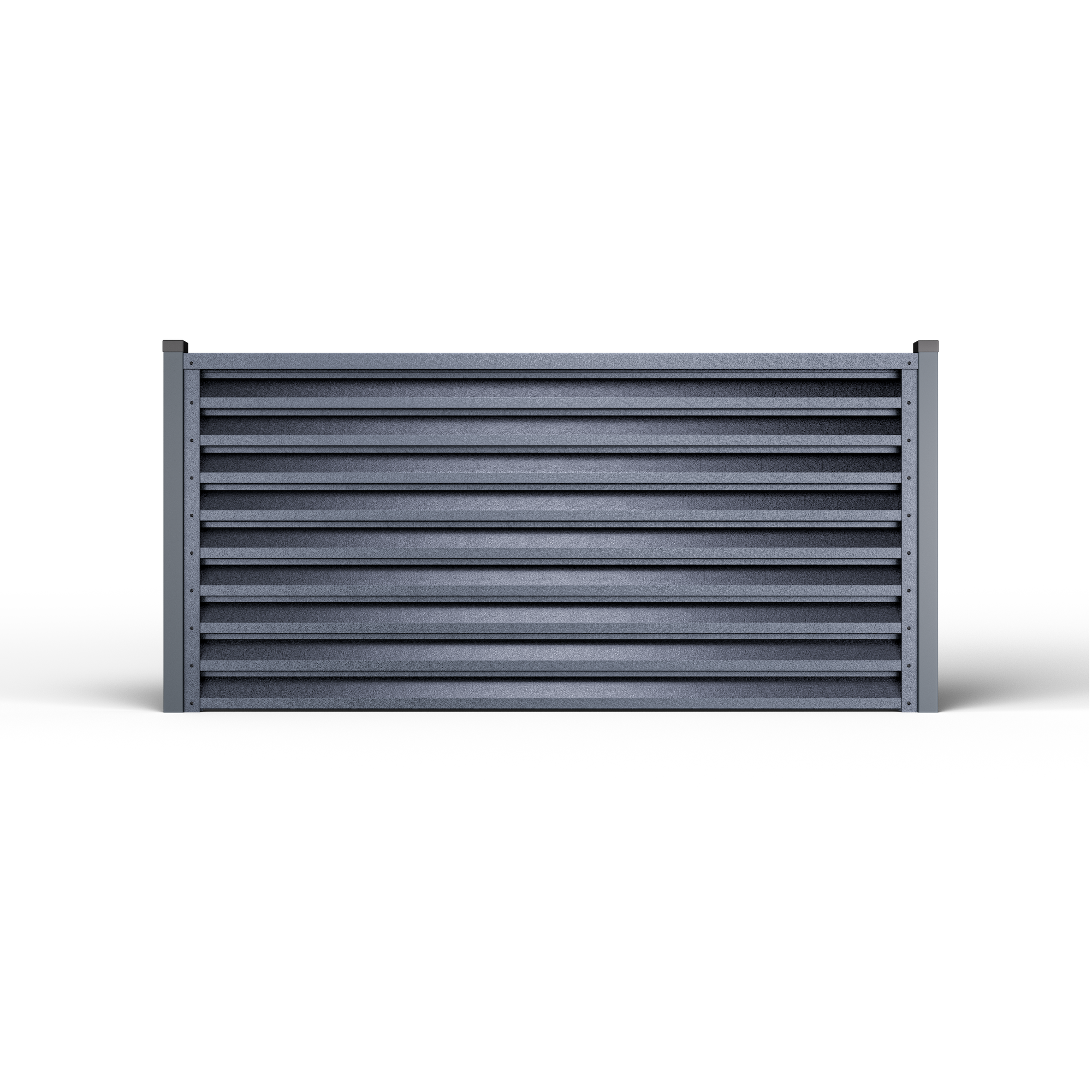
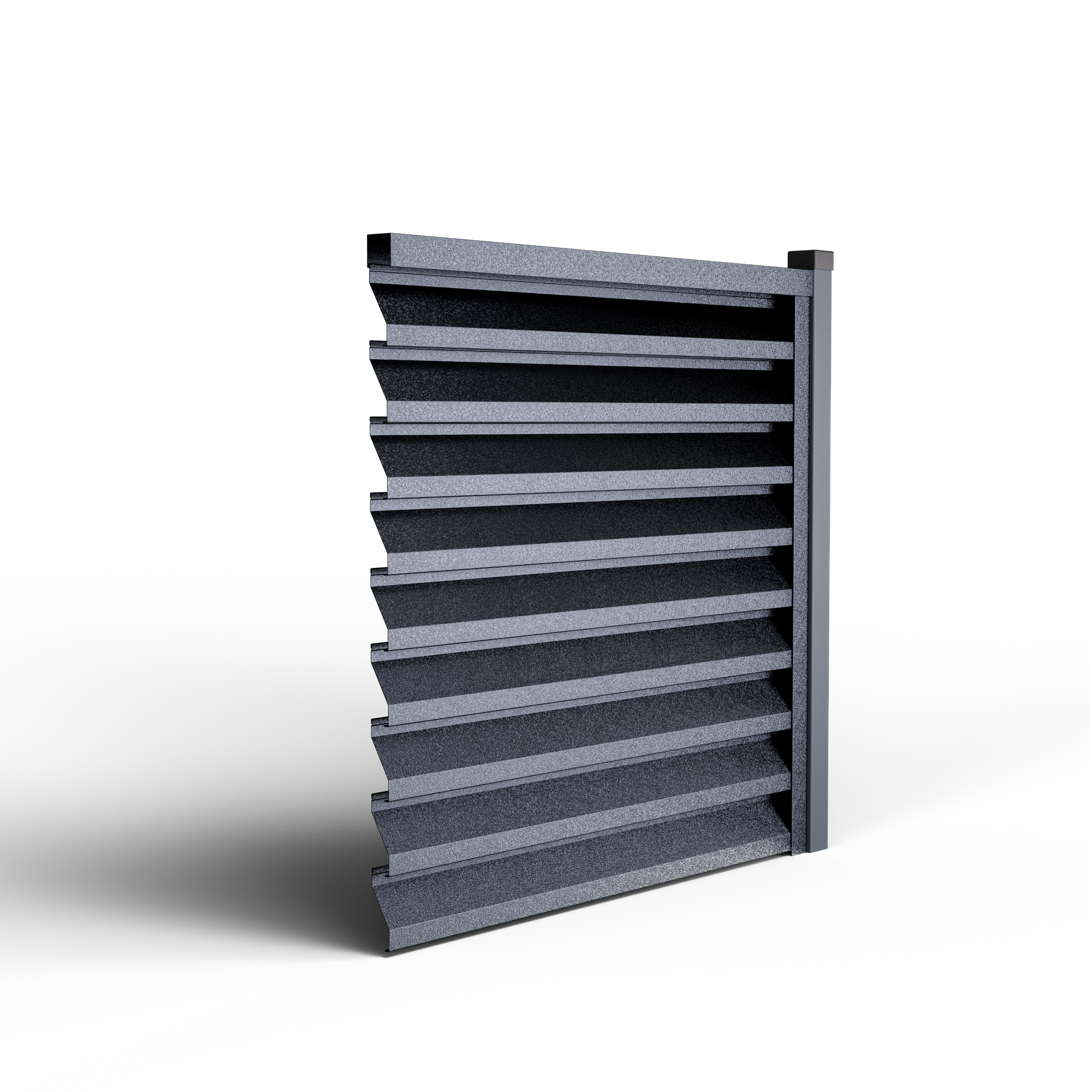
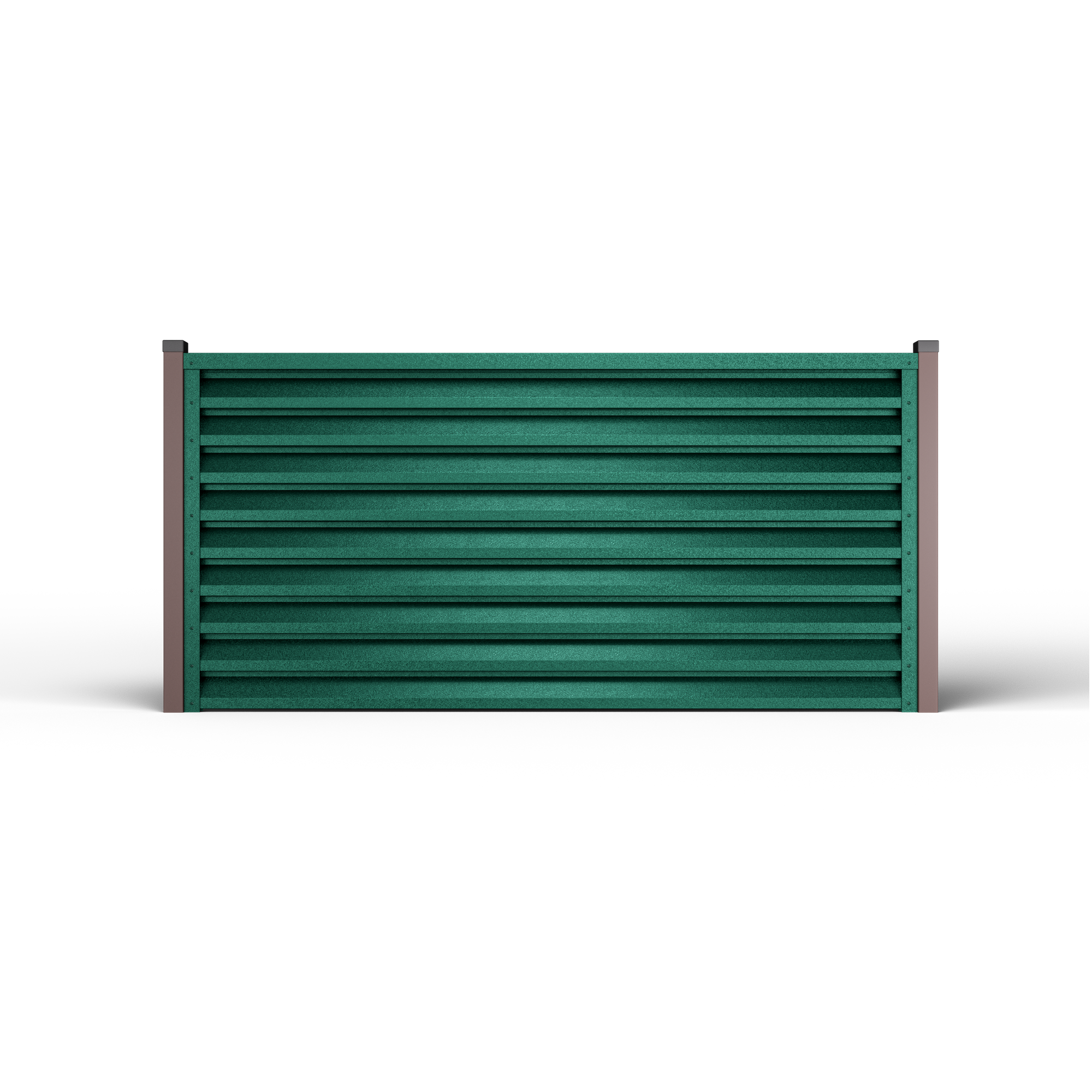
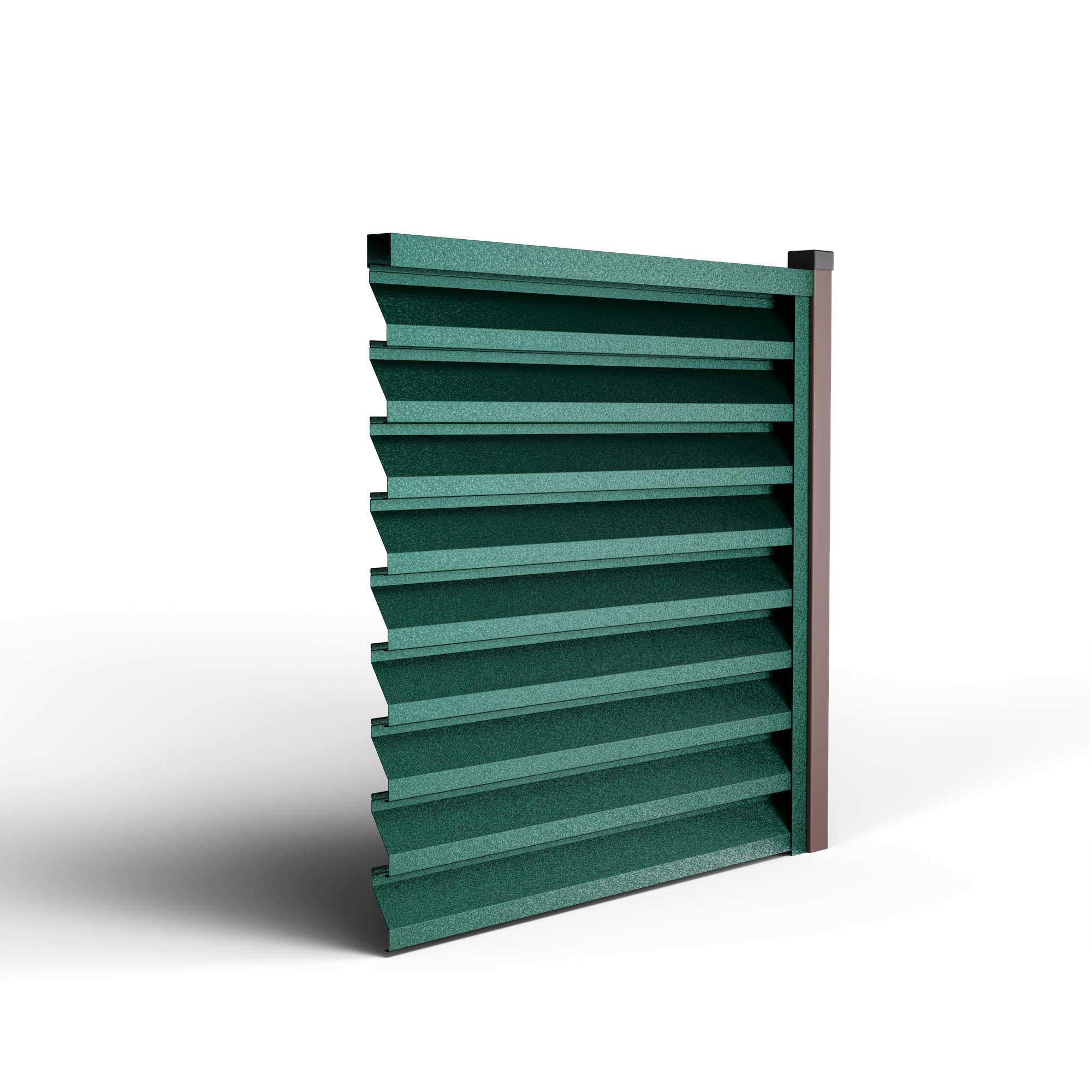
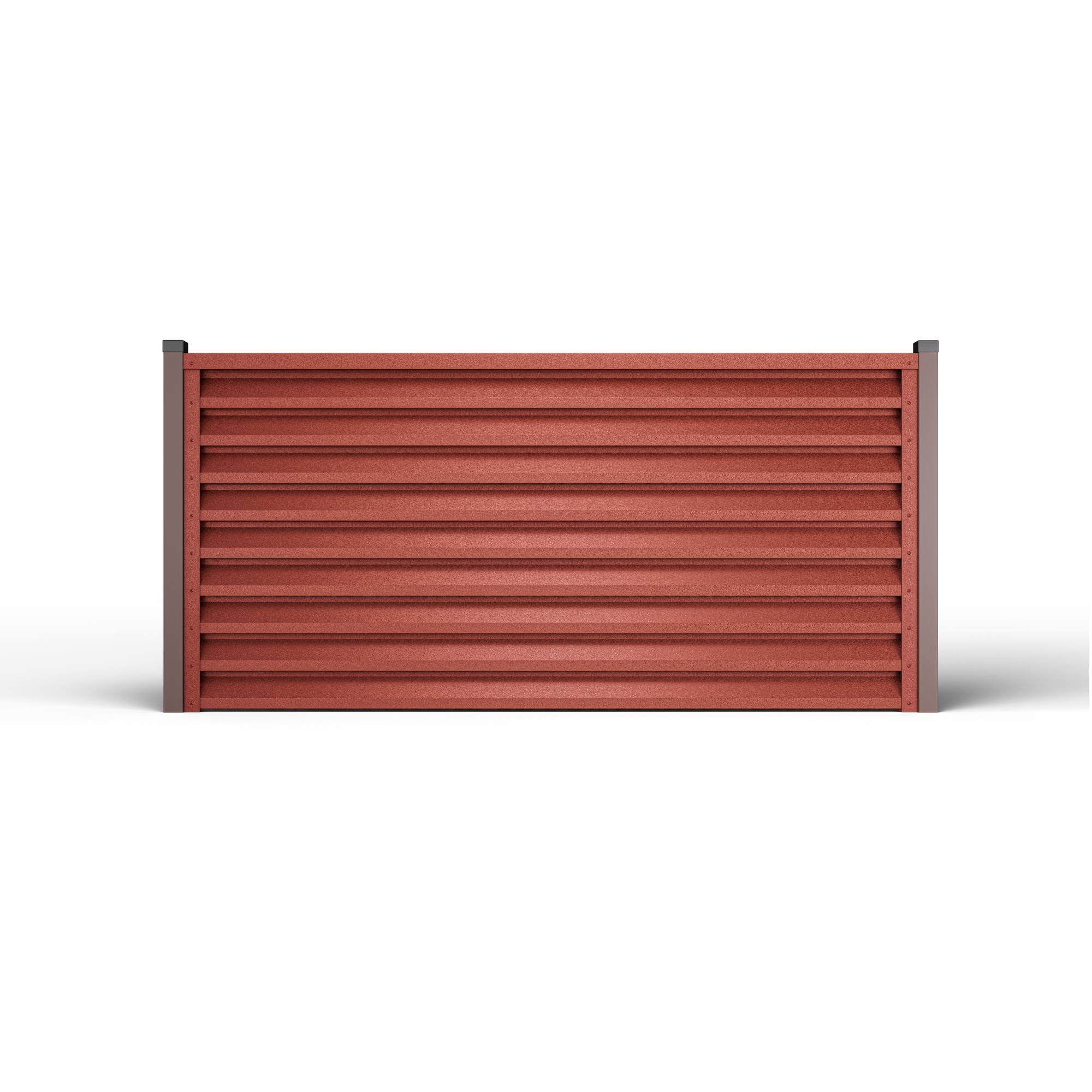
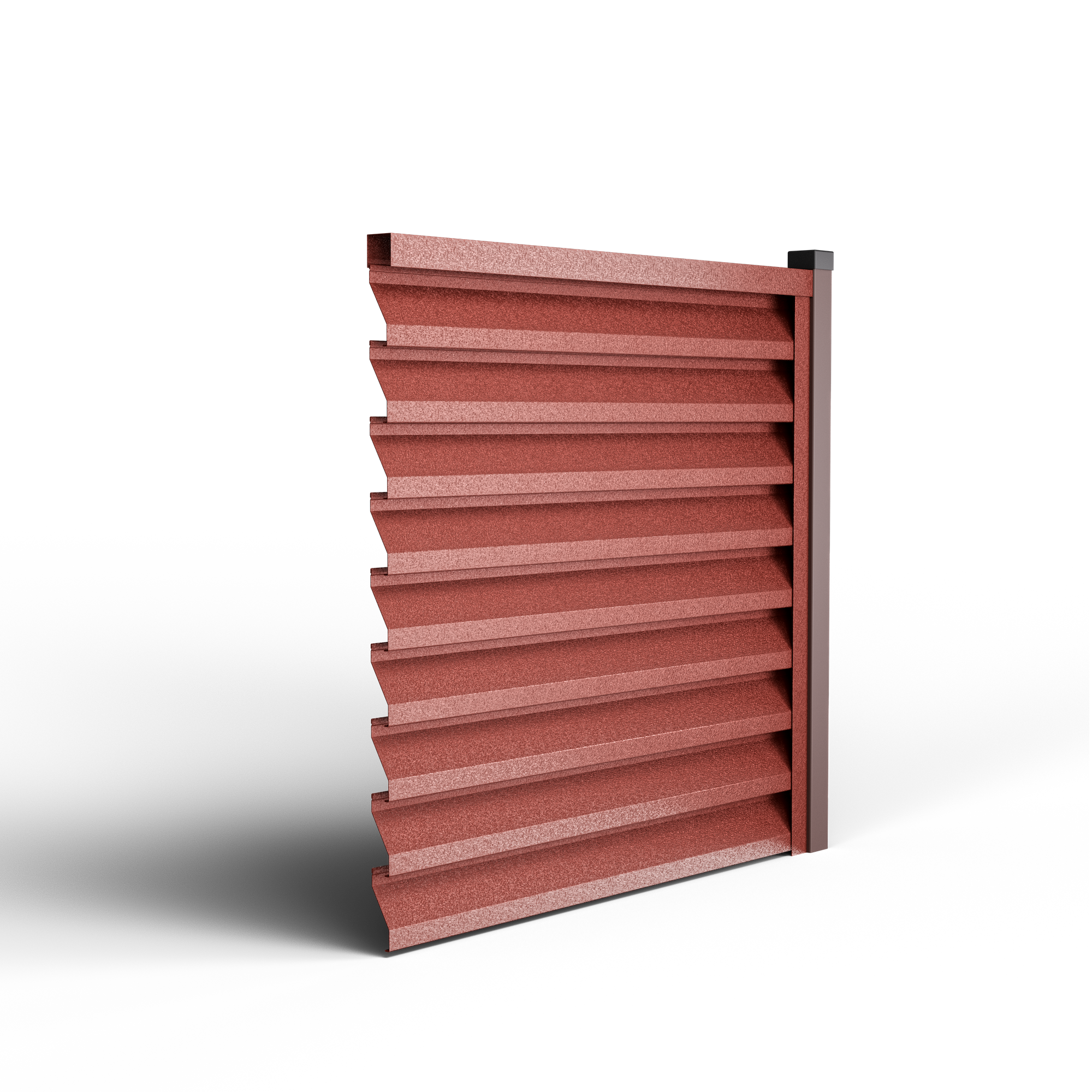
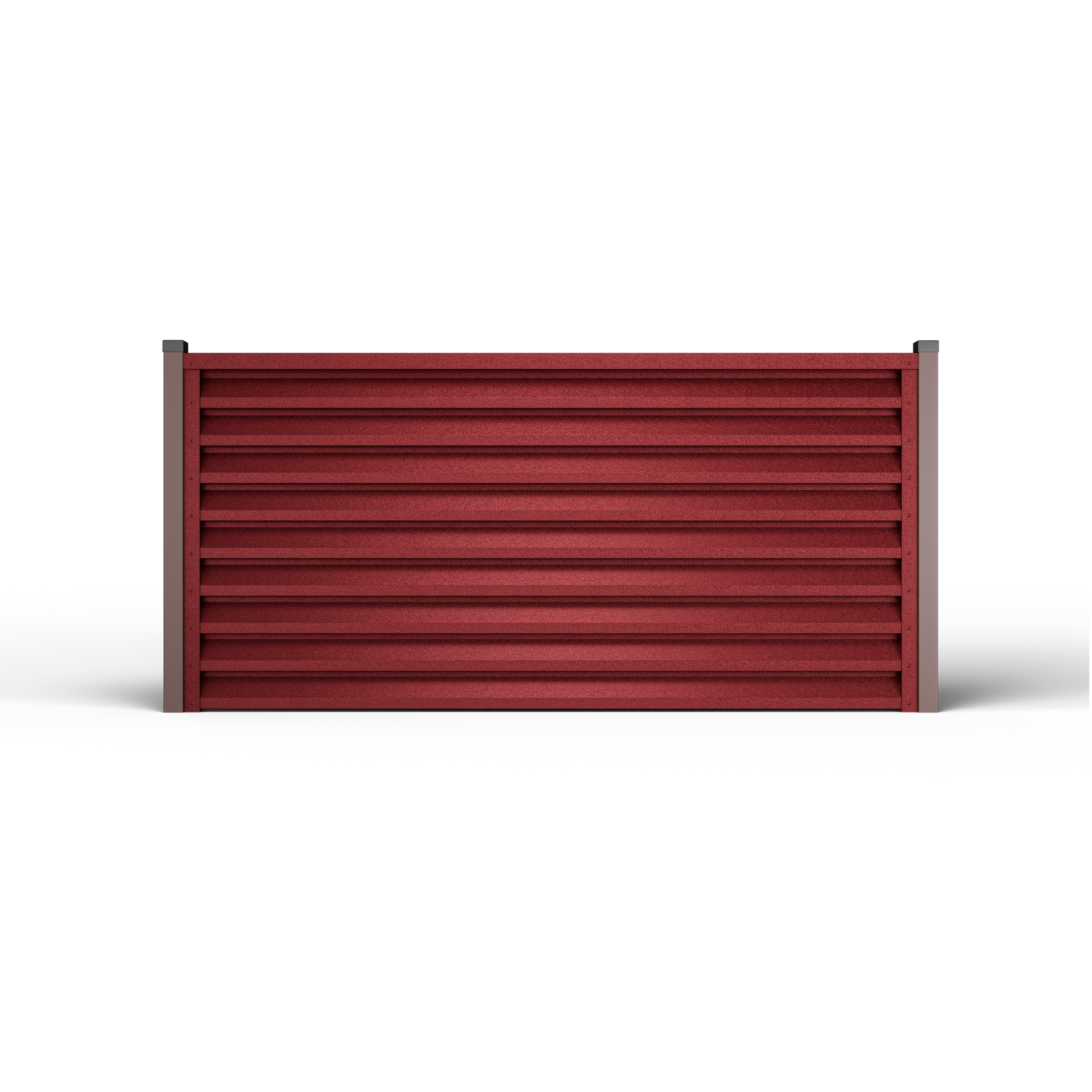
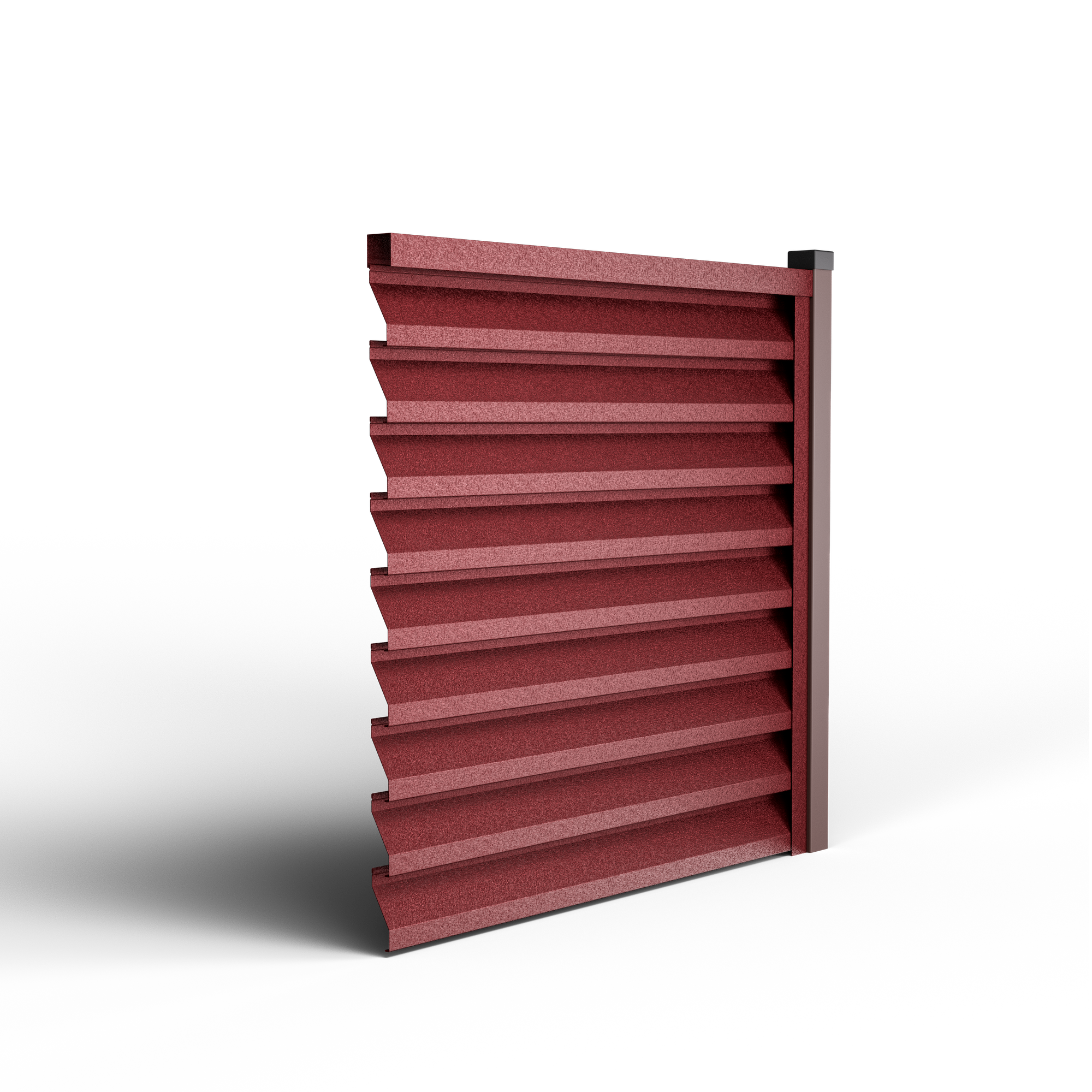
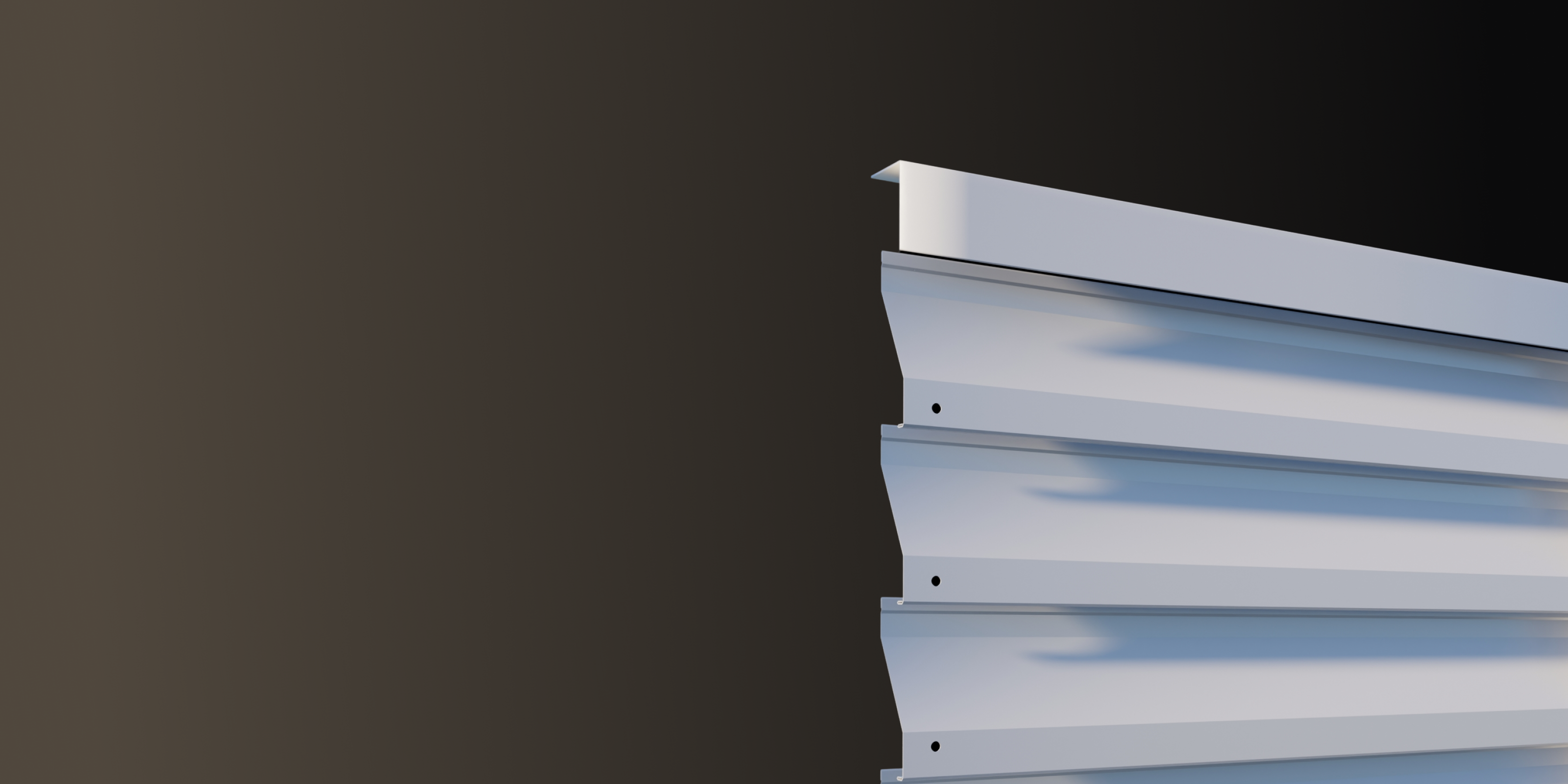
Leave a comment
This site is protected by hCaptcha and the hCaptcha Privacy Policy and Terms of Service apply.